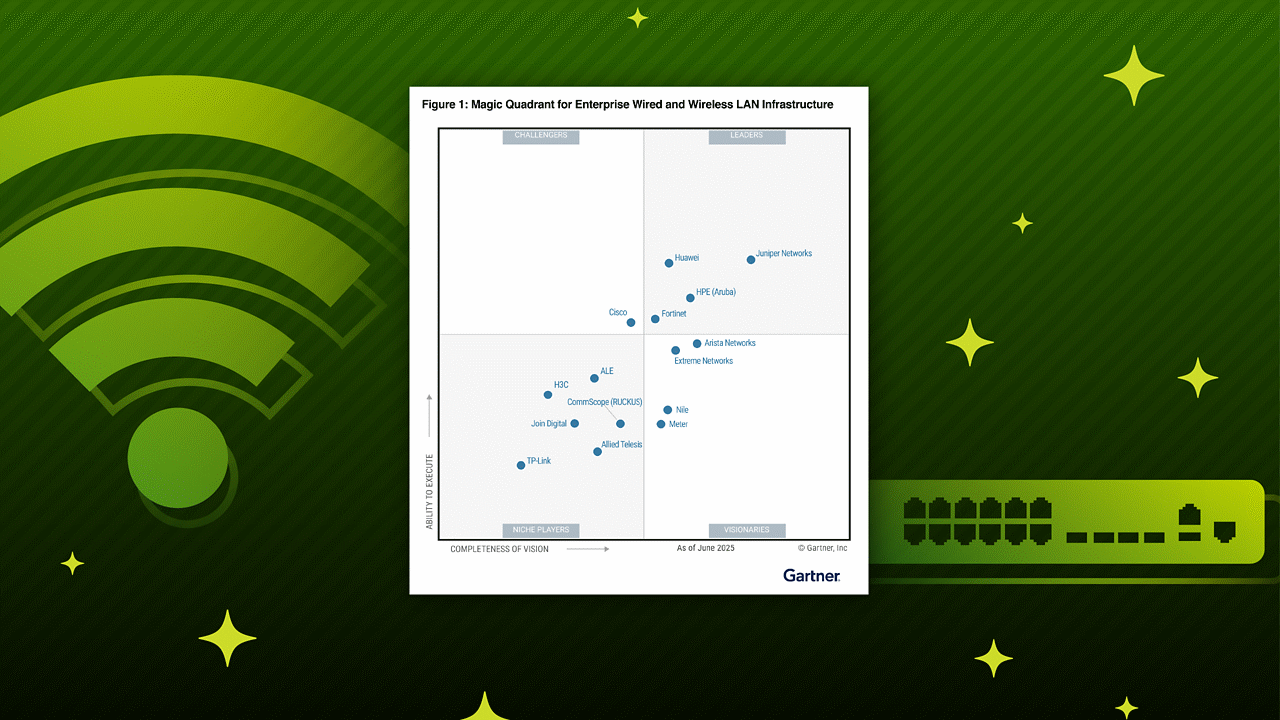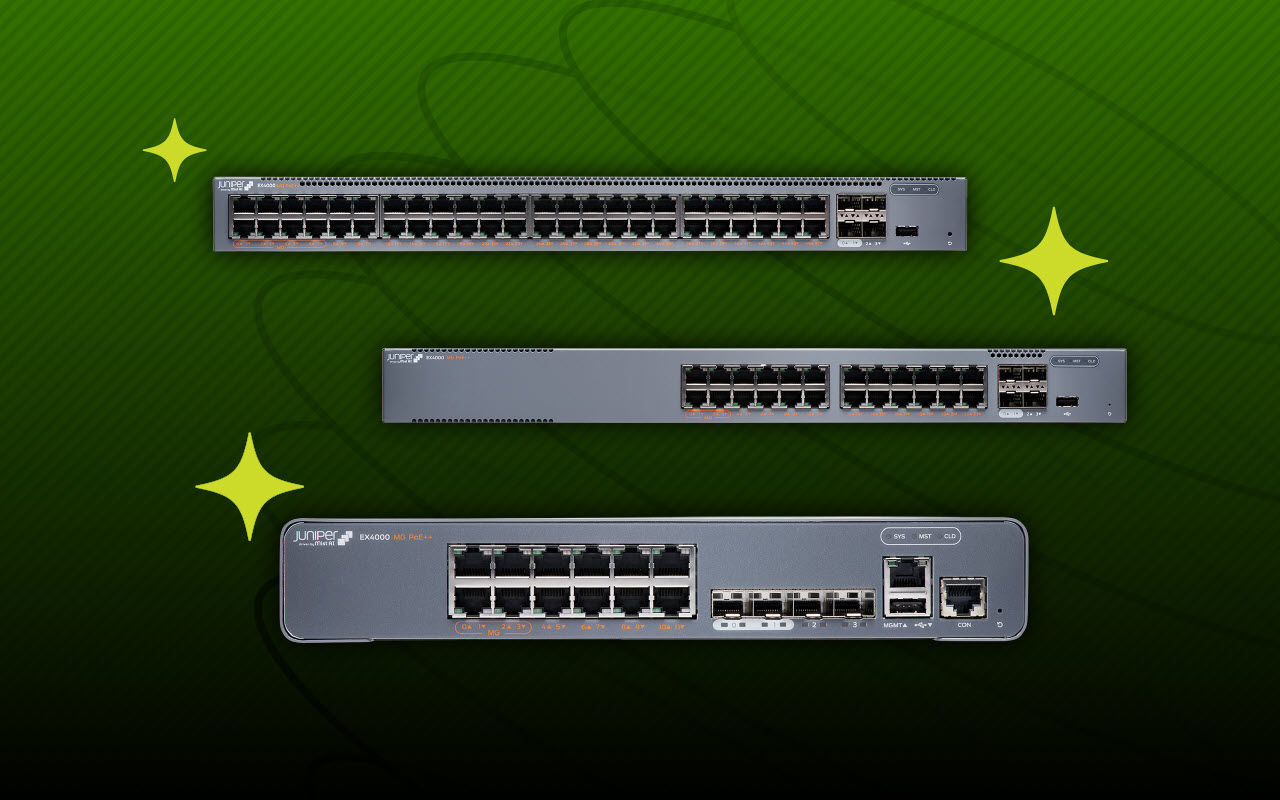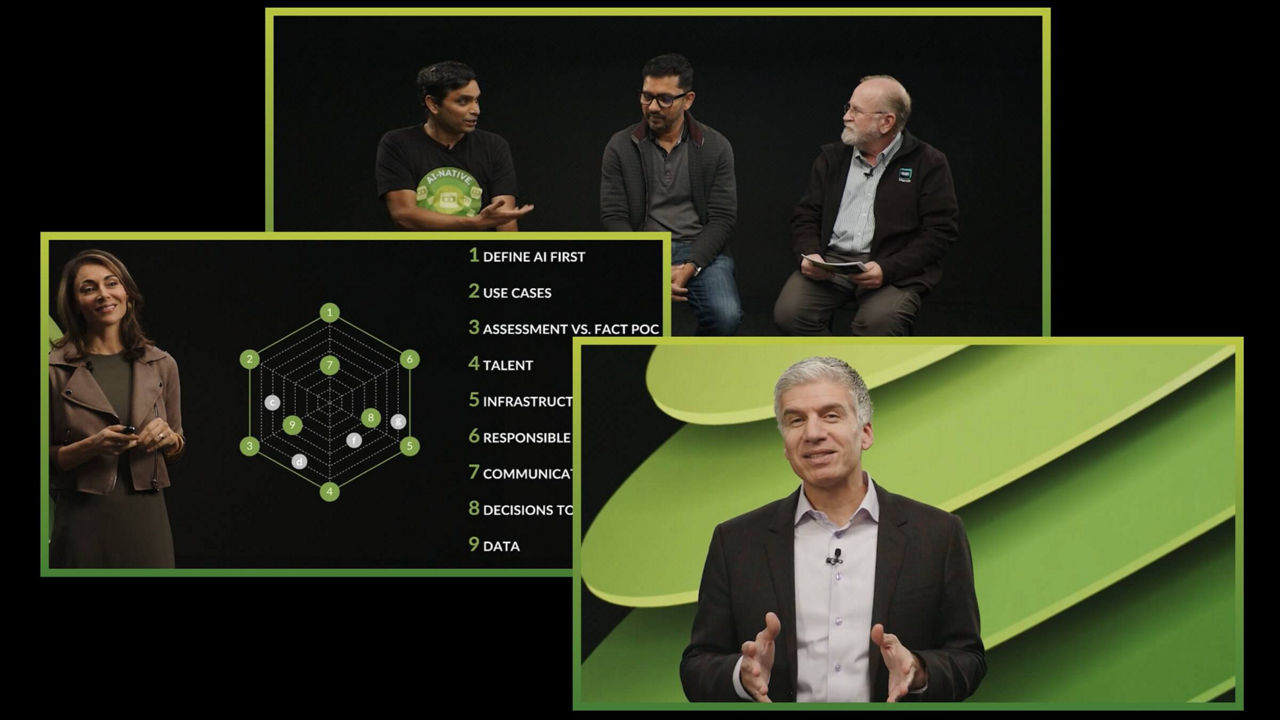Design, Associate (JNCIA-Design)
Register NowThe Design track enables you to demonstrate competence with Juniper Networks design principles and associated technologies. JNCIA-Design, the associate-level certification in this track, is designed for networking professionals and designers with beginner knowledge of network design, theory, and best practices. The written exam verifies your understanding of network design fundamentals.
This track includes one certification:
- JNCIA-Design: Design, Associate. For details, see the sections below.
Exam Preparation
We recommend the following resources to help you prepare for your exam. However, these resources aren't required, and using them doesn't guarantee you'll pass the exam.
Recommended Training
Exam Resources
- Industry/product knowledge
- Juniper TechLibrary
Additional Preparation
Exam Objectives
Here’s a high-level view of the skillset required to successfully complete the JNCIA-Design certification exam.
|
Exam Objective |
Description |
|
Customer Network Design Requirements |
Identify initial network design requirements for:
Identify the roles of different Juniper products and solutions, including:
|
|
Securing the Network |
Identify security design principles for:
|
|
Network Management or Reliability |
Identify network design considerations for business continuity, including:
Identify design considerations for network automation, including:
Identify design considerations for network management strategies, including:
|
|
Campus and Branch LAN Design |
Identify considerations for a wired campus or branch LAN, including:
Identify considerations for a wireless LAN, including:
|
|
Campus and Branch WAN Design |
Identify considerations for a campus or branch WAN, including:
Identify considerations for an SD-WAN, including:
|
|
Data Center Network Design |
Identify considerations for general data center network, including:
Identify considerations for IP fabric-based data center network, including:
|
Exam Details
Exam questions are derived from the recommended training and the exam resources listed above. Pass/fail status is available immediately after taking the exam. The exam is only provided in English.
Exam Code
JN0-1103
Prerequisite Certification
None
Delivered by
Exam Length
90 minutes
Exam Type
65 multiple-choice questions
Recertification
Juniper certifications are valid for three years. For more information, see Recertification.






















